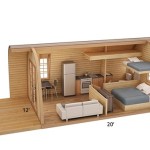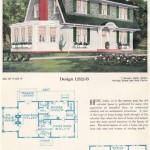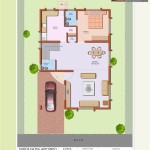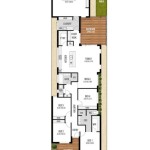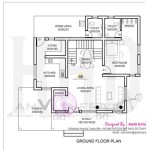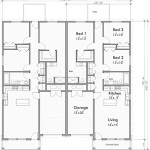Old House Plank Subfloor: The Unsung Hero of Your Home
In the realm of home renovation, the subfloor often goes unnoticed, yet it plays a pivotal role in the integrity and longevity of your living space. In older homes, plank subfloors stand as enduring testaments to craftsmanship and durability. Understanding their characteristics and maintenance needs is crucial for homeowners seeking to preserve the historical charm while ensuring a solid foundation for their home.
The Nature of Plank Subflooring
Plank subfloors, prevalent in homes built before the mid-20th century, are constructed from wide, thick planks typically made from softwood species such as pine, fir, or spruce. These planks are laid perpendicular to the floor joists, creating a sturdy and supportive base for the flooring material.
Pros of Plank Subfloors
Plank subfloors offer several advantages:
- Durability: The thick planks provide exceptional strength and longevity, often lasting for decades or even centuries.
- Structural Support: The perpendicular orientation of the planks enhances the overall structural integrity of the floor system.
- Historical Character: Plank subfloors add to the historical charm and character of an older home.
Cons of Plank Subfloors
Despite their advantages, plank subfloors also have some drawbacks:
- Squeaks and Creaks: Over time, planks can shift and rub against each other, creating annoying noises.
- Unevenness: The wide and thick nature of the planks can lead to unevenness in the finished flooring.
- Moisture Sensitivity: Plank subfloors are susceptible to moisture damage and can warp or rot if not properly sealed.
Maintenance and Repair
To ensure the longevity of your plank subfloor, proper maintenance is essential:
- Inspect Regularly: Periodically inspect the subfloor for signs of damage, such as cracks, rot, or loose planks.
- Seal and Protect: Apply a sealant or paint to protect the subfloor from moisture and insect damage.
- Repair Promptly: Address any issues with the subfloor as soon as possible to prevent further damage.
- Avoid Overloading: Heavy furniture or appliances can put excessive stress on the subfloor, so distribute weight evenly.
Conclusion
Old house plank subfloors are a testament to the enduring craftsmanship of bygone eras. Understanding their unique characteristics and maintenance needs is crucial for preserving their integrity and ensuring a solid foundation for your home. With proper care and attention, these subfloors can continue to support your family and your home for generations to come.
Opinions Wanted For 100 Year Old Plank Subfloor Ceramic Tile Advice Forums John Bridge

Flooring Over Plank Subfloor Fine Homebuilding

My House Has No Subfloor The Craftsman Blog

Plywood Over Old Softwood Planks Doityourself Com Community Forums
Opinions Wanted For 100 Year Old Plank Subfloor Ceramic Tile Advice Forums John Bridge
Plank Subfloor Replace Or Use As Is Diy Home Improvement Forum

My House Has No Subfloor The Craftsman Blog
Plank Subfloor Diy Home Improvement Forum

Old Home No Subfloor Redflagdeals Com Forums

Are There Wood Floors In Your House


